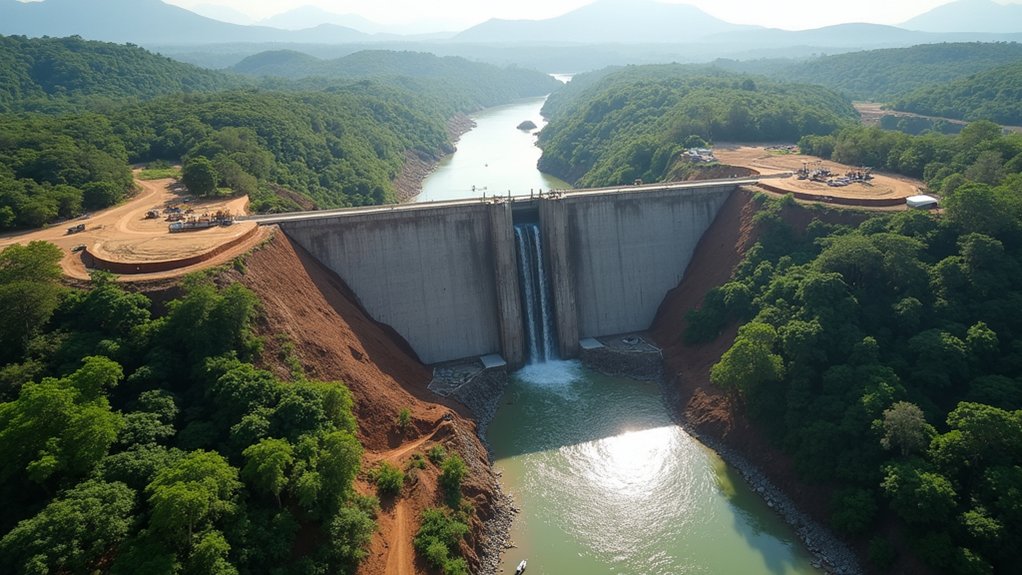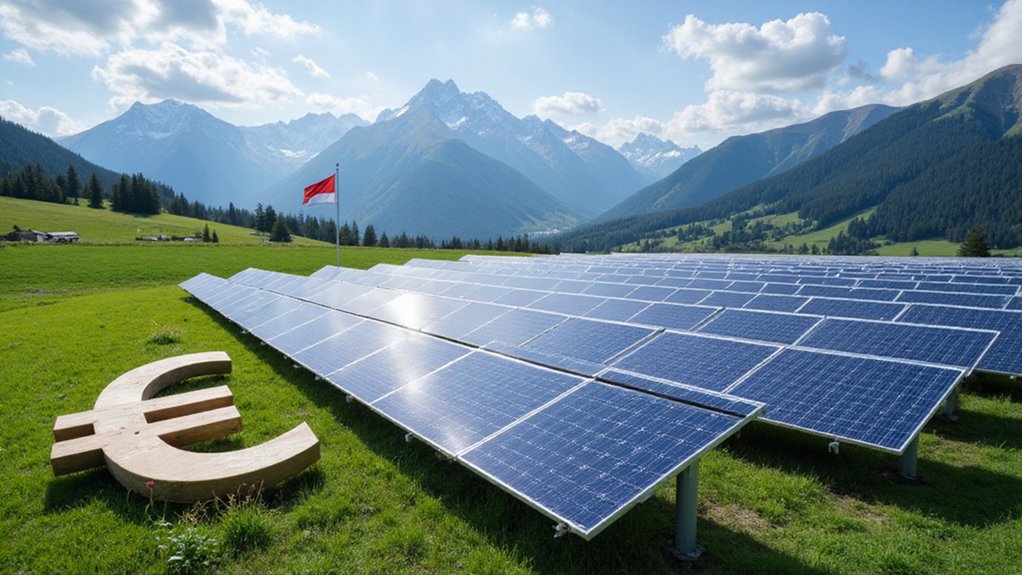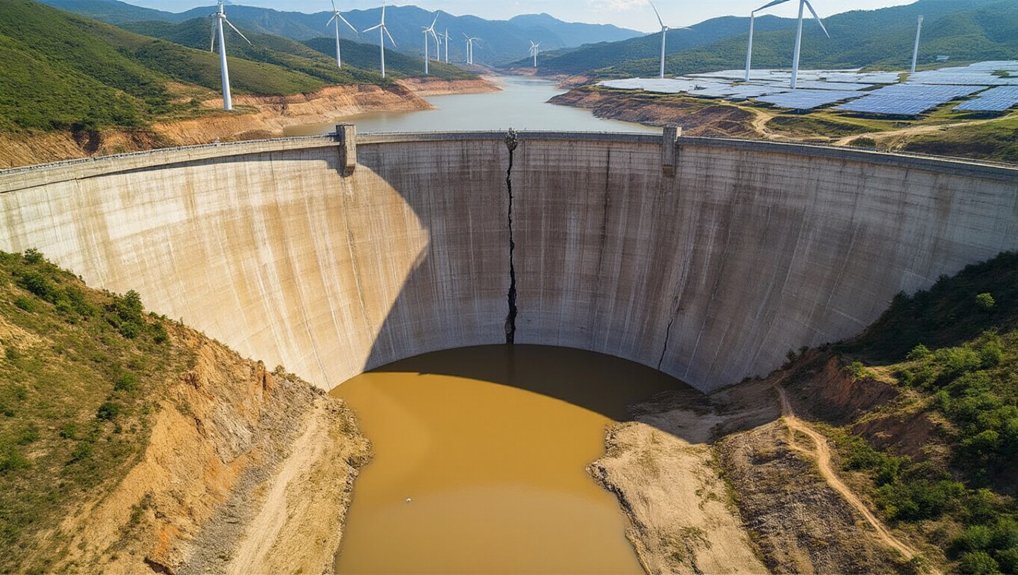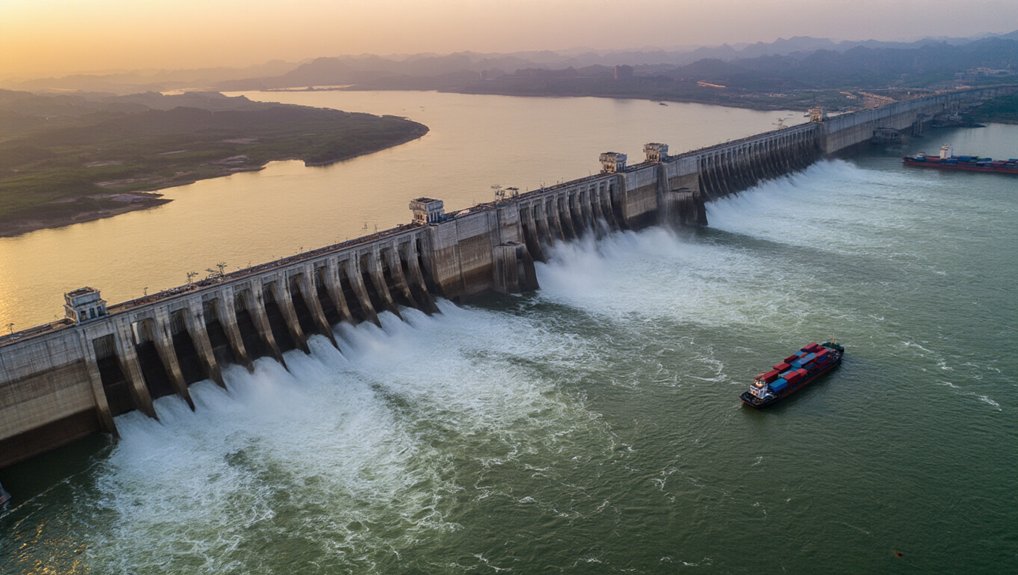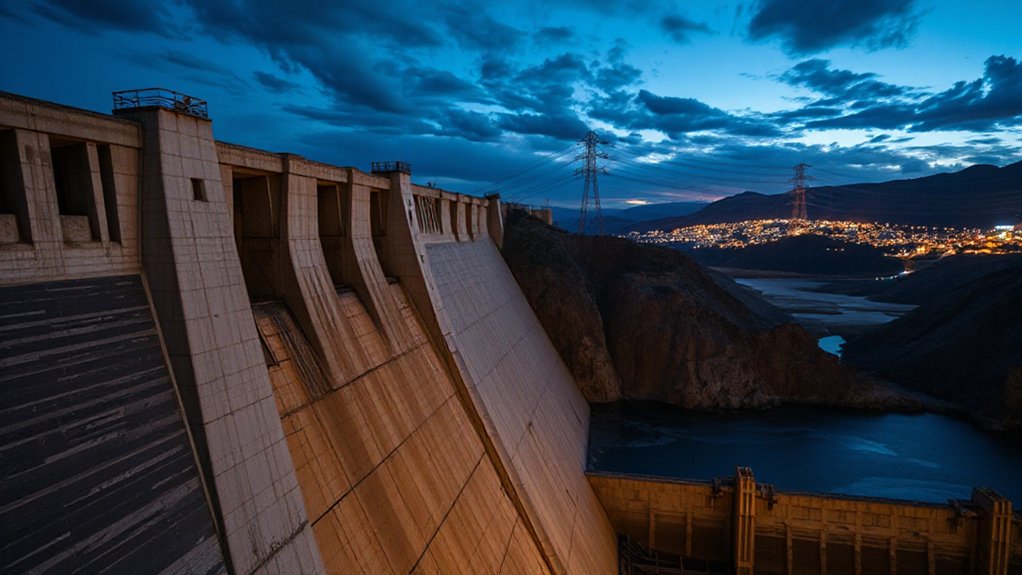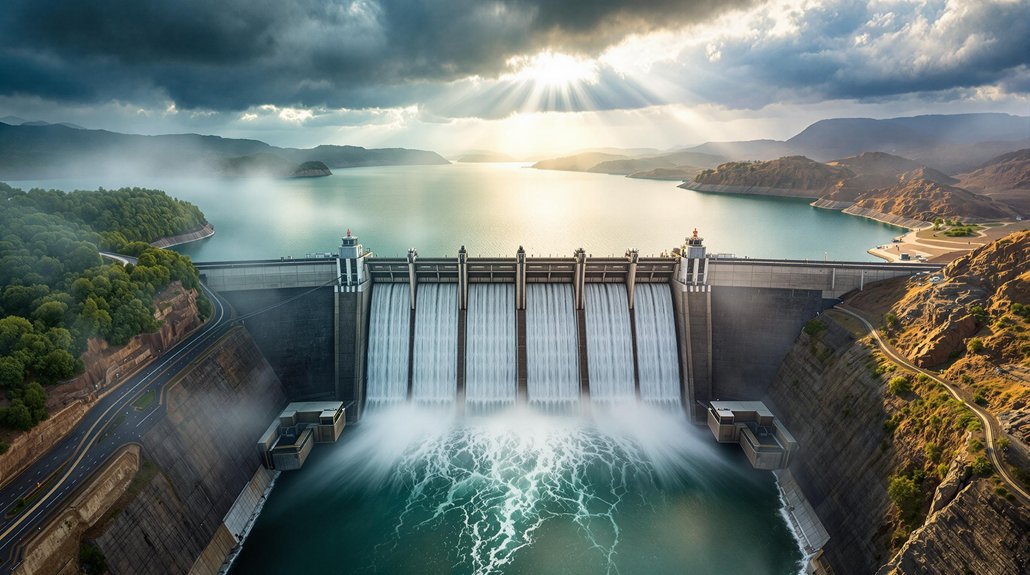Madagascar’s €500 million Sahofika hydropower project promises to electrify 2 million lives in a country where only 36% have electricity. It’s about time. The ambitious initiative aims to help Madagascar reach 70% electricity access by 2030, a massive leap from current levels. Rural communities, currently burning forests to cook dinner, stand to benefit most. Hydropower will complement the country’s untapped renewable potential—because solar panels don’t work in the dark.
How does a nation transform from an energy desert to a renewable powerhouse? Madagascar is betting big on water. With only 36% of its population connected to electricity in 2025 and an embarrassing 5% having access to clean cooking facilities, the island nation is finally getting serious about its energy crisis.
The centerpiece of this transformation? The Sahofika Hydropower Project. It’s massive, expensive (€500 million), and absolutely necessary. When completed, this single project will electrify 2 million people. No small feat for a country where most rural communities sit in darkness after sunset.
Madagascar’s current energy situation is, frankly, pathetic. In 2019, a whopping 85% of energy came from biofuels and waste. People are literally burning their forests to cook dinner. The electricity that does exist comes mostly from oil (46%) and hydropower (31%). Not exactly a climate warrior’s dream setup.
But change is coming. Fast. The government has set ambitious targets: 70% electricity access by 2030 and renewables making up 55% of the generation mix by 2025. Ambitious? Yes. Impossible? We’ll see.
The country’s not lacking in natural resources. With 2,800 hours of sunshine yearly and unexploited hydropower potential among Africa’s largest, Madagascar has been sitting on a clean energy goldmine while its people use kerosene lamps. This shift to renewables is crucial as it will significantly reduce the CO2 emissions associated with the country’s current fossil fuel dependence.
Public-private partnerships are driving this transformation forward. Unlike geothermal energy with its capacity factors above 90%, Madagascar’s hydropower projects face seasonal variability but still represent a vast improvement over fossil fuels. Projects like PRIRTEM are upgrading transmission infrastructure to handle the coming surge in capacity. Meanwhile, 1.2 million solar kits are being distributed to households still burning charcoal.
The urban-rural divide remains stark. City dwellers have power; villagers don’t. Simple as that. The government’s strategy now includes mini-grids and off-grid solutions for remote communities. The reality is stark with less than 1.5% access to clean cooking facilities across the population.
Is this too little, too late? Maybe. But when 95% of your population cooks with dirty fuels, any progress is good progress. Madagascar’s energy transformation isn’t just about keeping lights on—it’s about transforming lives.
References
- https://www.iea.org/countries/madagascar
- https://www.iea.org/countries/madagascar/electricity
- https://ourworldindata.org/energy/country/madagascar
- https://www.techtimes.com/articles/309097/20250116/madagascar-andry-rajoelinas-solar-energy-drive-paving-way-countrys-inclusive-green-growth.htm
- https://www.afdb.org/en/mission-300-africa-energy-summit/accelerating-africas-energy-transition/madagascar-energy-factsheet
